DRAGONS MEDIA
All media presented below is licensed under a Creative Commons
Attribution-ShareAlike 4.0 International License.

All images and movies were created with the Meraxes semi-analytic galaxy formation model, run on the Tiamat N-body simulation.
EVOLVING REIONISATION CUBE
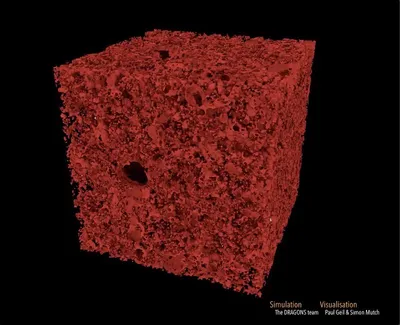
This animation shows the evolution of a simulated patch of the
Universe, approximately 325 million light years across. The red
shading shows the surface of "bubbles" of ionised hydrogen surrounding
the first galaxies. The biggest and brightest of these galaxies are
themselves shown as white spheres. (18.3MB)
Credit: Paul Geil & Simon Mutch
STILL OF REIONISATION CUBE
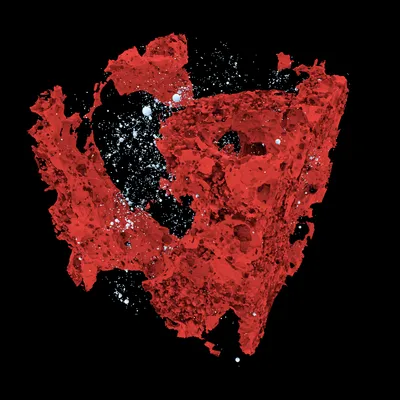
A high-res still from the reionisation cube animation. (1MB)
Credit: Paul Geil & Simon Mutch
COMPOSITE REIONISATION IMAGE
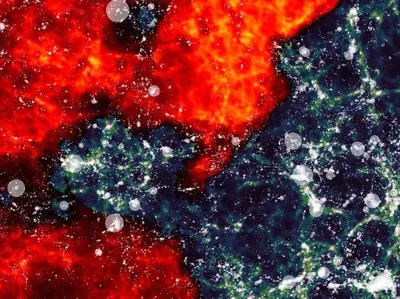
This image shows a thin slice of the full simulation during
reionisation (~ 326x326 million light years squared). Red regions show
the neutral hydrogen gas of the intergalactic medium. The green
filamentary structure shows the underlying distribution of mass,
forming the "cosmic web". White circles show the positions of the
brightest galaxies in the slice, scaled by their stellar mass. (1.1MB;
higher resolution version available upon request)
Credit: Paul Geil & Simon Mutch
LARGE SCALE STRUCTURE
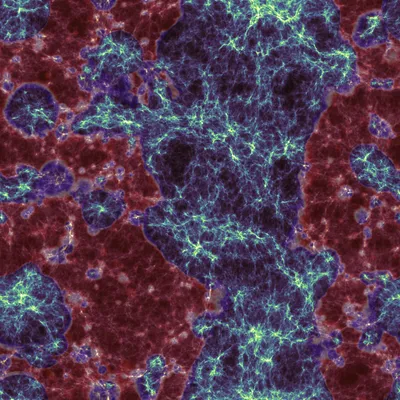
This image shows another thin slice through the full simulation volume
(~ 325x325 million light years squared). The large scale distribution
of matter is shown in green whilst the distribution of neutral
hydrogen is shown in red. (1.7MB)
Credit: Simon Mutch & Paul Geil
EVOLVING SLICE
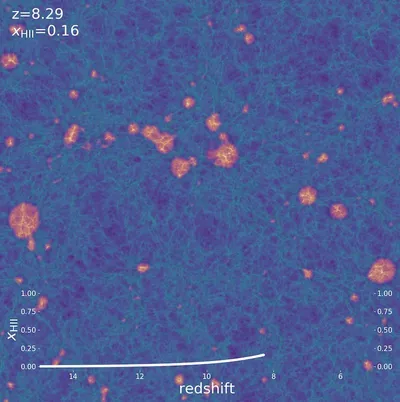
This movie shows the evolution of a thin slice of the full simulation.
Blue-green shows the distribution of neutral hydrogen, whilst
orange-red regions show ionised hydrogen. The first galaxies form at
the intersection of filaments in the cosmic web. As they grow and
evolve, they emit more and more high-energy light, which strips
electrons off of the neutral hydrogen and causes the ionised bubbles
to grow in size. More galaxies also continue to form. Eventually the
bubbles all overlap and the universe becomes fully reionised. The plot
at the bottom shows the evolution of the volume-averaged global
neutral fraction (xʜɪ) as a function of redshift (z). (7MB)
Credit: Simon Mutch & Paul Geil